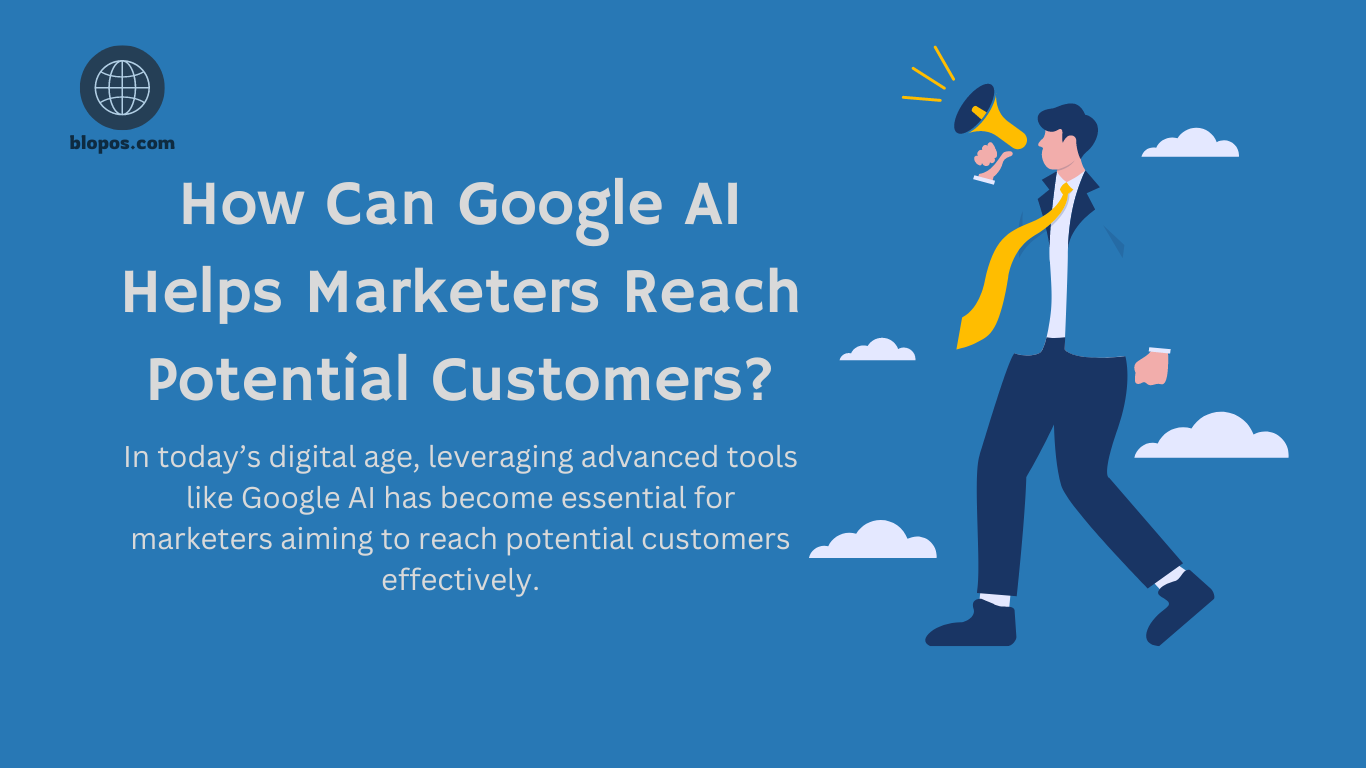Businesses Who Have Used Scarcity Marketing Strategies: Scarcity marketing is a powerful tool in modern businesses’ arsenal. It effectively drives consumer demand by creating a perception of limited availability. This strategy taps into the psychological principle of scarcity, which suggests that people value scarce or hard-to-obtain items more. By leveraging this principle, businesses can stimulate urgency and fear of missing out (FOMO), often leading to increased sales, brand loyalty, and a stronger market position.
Top 10 Businesses Who Have Used Scarcity Marketing Strategies to Boost Sales
In this article, we will explore ten companies that have successfully employed scarcity marketing strategies, analyzing how they implemented these strategies and the outcomes they achieved.
Apple: The Master of Product Launch Scarcity
Strategy Overview
Apple is a textbook example of a company that consistently uses scarcity marketing to fuel the hype surrounding its product launches. By intentionally limiting the initial supply of new iPhones, Apple creates a sense of urgency among consumers. This scarcity and the brand’s reputation for quality and innovation ensure demand far outstrips supply.
Implementation
Apple often restricts the number of units available for pre-order during the launch of new iPhone models. The company also staggers the release of its products across different regions, further intensifying the perception of limited availability. This approach has led to long lines outside Apple stores and rapid sell-outs of new models, contributing to the brand’s brands.
Outcome
Apple’s strategy has been highly influential, resulting in record-breaking sales during launch periods. The artificial scarcity boosts initial sales and keeps the brand in the media spotlight, maintaining consumer interest and anticipation for future products.
Nike: Limited Edition Sneakers
Strategy Overview
Nike has mastered the art of using scarcity marketing through its limited-edition sneaker releases. By creating exclusive, hard-to-get products, Nike taps into the desire of sneaker enthusiasts to own something unique and rare.
Implementation
Nike releases limited quantities of unique edition sneakers, often collaborating with celebrities, artists, or other brands. These releases are usually announced with little notice and are available only through select channels. The scarcity of these sneakers is further amplified by raffles and first-come, first-served sales, creating intense competition among buyers.
Outcome
The limited availability of these sneakers drives up demand, often leading to instant sell-outs and a thriving secondary unique where prices can skyrocket. Nike’s strike boosts sales and enhances the brand’s trendsetter in fashion and sportswear.
Tesla: The Power of Pre-Order Scarcity
Strategy Overview
Tesla has effectively used scarcity marketing to generate buzz and secure substantial vehicle pre-orders. By offering a limited number of early access spots for new models, Tesla creates a sense of exclusivity and urgency among potential buyers.
Implementation
When Tesla announced the Model 3, it opened up pre-orders with limited spots for early adopters. This strategy was particularly effective because it allowed Tesla to gauge demand and secure funding without traditional advertising. The promise of being among the first to own the new model drove thousands of consumers to place deposits, even before the car was fully unveiled.
Outcome
Tesla’s uTesla’s re-order scarcity resulted in over 325,000 reservations within the first week of the Model 3 announcement. This massive demand validated the product and provided Tesla with a significant amount of working capital, underscoring the effectiveness of scarcity in the automotive industry.
Supreme: Streetwear and Scarcity
Strategy Overview
Supreme, the iconic streetwear brand, has built its entire business model around scarcity. By releasing limited quantities of each item, Supreme ensures its products remain exclusive and highly sought after.
Implementation
Supreme’s Supreme’s “ateg” involves releasing new items in tiny quantities, usually once a week. These drops are unpredictable and often sell out within minutes. The brand’s collaboration with other high-profile companies further enhances the desirability of its products, making each release an event in itself.
Outcome
The scarcity created by Supreme has led to a cult-like following, where customers are willing to line up for hours or pay exorbitant prices on the secondary market to secure their desired items. SSupreme’sSupremehas drove sales and established the brand as a leader in the streetwear industry.
Louis Vuitton: Limited Editions in Luxury Fashion
Strategy Overview
Louis Vuitton, synonymous with luxury, has effectively used scarcity marketing to maintain its brand brand ‘city and desirability. The brand ensures its products remain rare and coveted by producing limited-edition collections and collaborating with artists.
Implementation
Louis Vuitton regularly releases limited edition bags, often in collaboration with renowned artists or for special events. These collections are produced in small quantities and are usually only available in select stores. The brand also uses waitlists for its most popular items, creating a perception of high demand and limited supply.
Outcome
The scarcity of these limited-edition items reinforces Louis Vuitton’s status as a luxury brand and drives up the perceived value of its products. This strategy has helped Louis Vuitton maintain its status as one of the most prestigious fashion houses in the world.
Amazon: Lightning Deals and Prime Day
Strategy Overview
Top 10 Businesses Who Have Used Scarcity Marketing Strategies to Boost SalesAmazon leverages scarcity marketing through its Lightning Deals and Prime Day events. By offering time-limited discounts on select products, Amazon creates a sense of urgency that drives immediate purchases.
Implementation
Amazon’s Amazon’s deals feature heavily discounted products that are only available for a few hours or until they sell out. During Prime Day, Amazon offers exclusive deals to Prime members, many available in limited quantities. The countdown timers, whichch are stock indicators, further enhance the urgency, prompting customers to buy quickly.
Outcome
These scarcity-driven events have been incredibly successful for Amazon, leading to significant spikes in sales. Prime Day, in particular, has become one of the most crucial shopping events globally, generating billions in revenue and driving new Prime memberships.
Starbucks: Seasonal Drinks and Limited-Time Offers
Strategy Overview
Starbucks uses scarcity marketing to boost sales of its seasonal drinks and limited-time offers. By making certain beverages available only during specific times of the year, Starbucks creates a sense of anticipation and urgency among its customers.
Implementation
The Pumpkin Spice Latte (PSL) is perhaps the most famous example of StarbucksStarbucks’ strategy. Available only during the fall, the PSL has become a cultural phenomenon, with customers eagerly awaiting its return each year. Starbucks also introduces limited-time offers for other seasonal drinks and food items, often promoting them heavily to build excitement.
Outcome
The scarcity of these seasonal products has led to increased foot traffic and higher sales during their availability periods. The PSL, in particular, has become one of Starbucks’s most successful products, generating significant revenue and reinforcing the brand, which is a leader in the coffee industry.
Disney: Vault Strategy for Home Entertainment
Strategy Overview
Disney’s “rating” is a classic example of scarcity marketing in the entertainment industry. By limiting the availability of its classic movies, Disney creates demand and maintains the value of its intellectual property.
Implementation
Disney periodically releases its classic animated films from the “vault” f” r a l “limited time before withdrawing them from sale again. This strategy applies to physical media like DVDs, Blu-rays, and digital downloads. By restricting access to these beloved titles, Disney ensures that each release is significant.
Outcome
The vault strategy has proven highly effective, driving substantial sales each time a movie is re-released. It also preserves the brand’s and the perceived value of its classic films, ensuring they remain treasured by generations of viewers.
KFC: Limited-Time Menus and Regional Exclusives
Strategy Overview
KFC frequently uses scarcity marketing to boost sales with limited-time menu items and regional exclusives. By offering unique products for a short period, KFC creates buzz and drives customer traffic to its restaurants.
Implementation
A prime example is the Double Down sandwich, which KFC initially released as a limited-time item. The sandwich was so famous that it sold out quickly, leading KFC to bring it back due to popular demand. KFC also offers region-specific menu items that are available only in specific markets, furthercreating ae sense of exclusivity.
Outcome
These scarcity-driven offerings have been successful in increasing sales and customer engagement. The Double Down, in particular, generated significant media coverage and consumer interest, demonstrating the power of scarcity in the fast-food industrious Designer Collaborations.
Strategy Overview
H&M’s collaboration with high-end designers is another example of scarcity marketing. By releasispecificted edition collections by famous designers, H&M creates a sense of urgency and exclusivity, attracting fashion-conscious consumers.
Implementation
H&M collaborates with well-known designers like Karl Lagerfeld, Versace, and Alexander Wang to create limited edition collections that are available for a short period. These collections are often heavily promoted and sell out quickly, with long lines forming outside stores on the release day.
Outcome
The success of these collaborations has reinforced H&M’s brand as a trend-conscious retailer. The scarcity of these designer collections drives significant sales and media attention, making them a crucial part of H&M’s marH&M’sg strategy.



